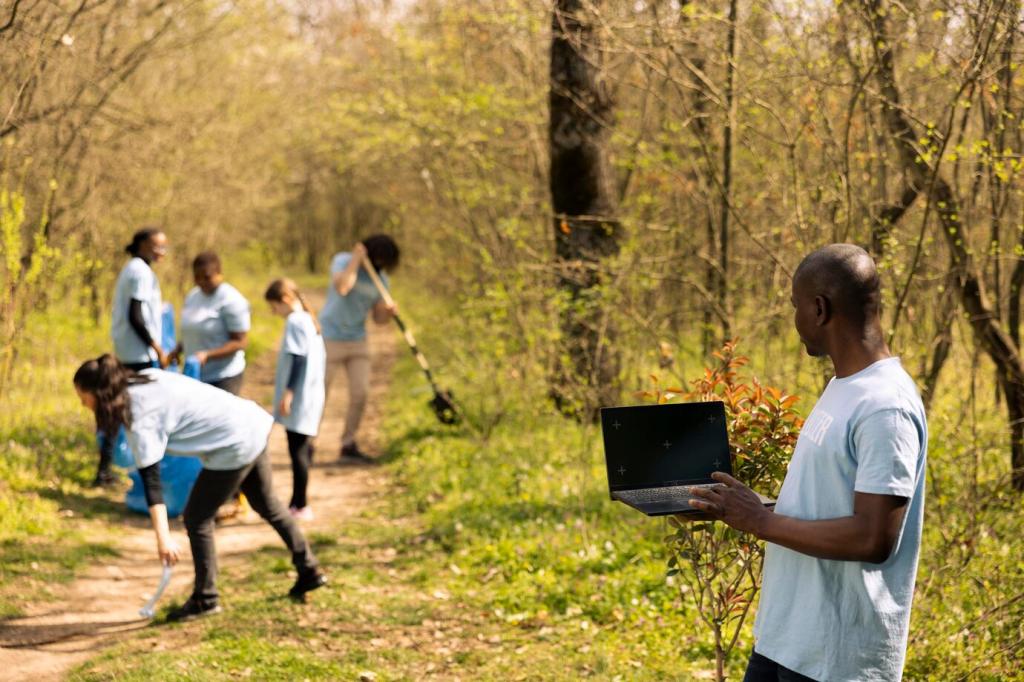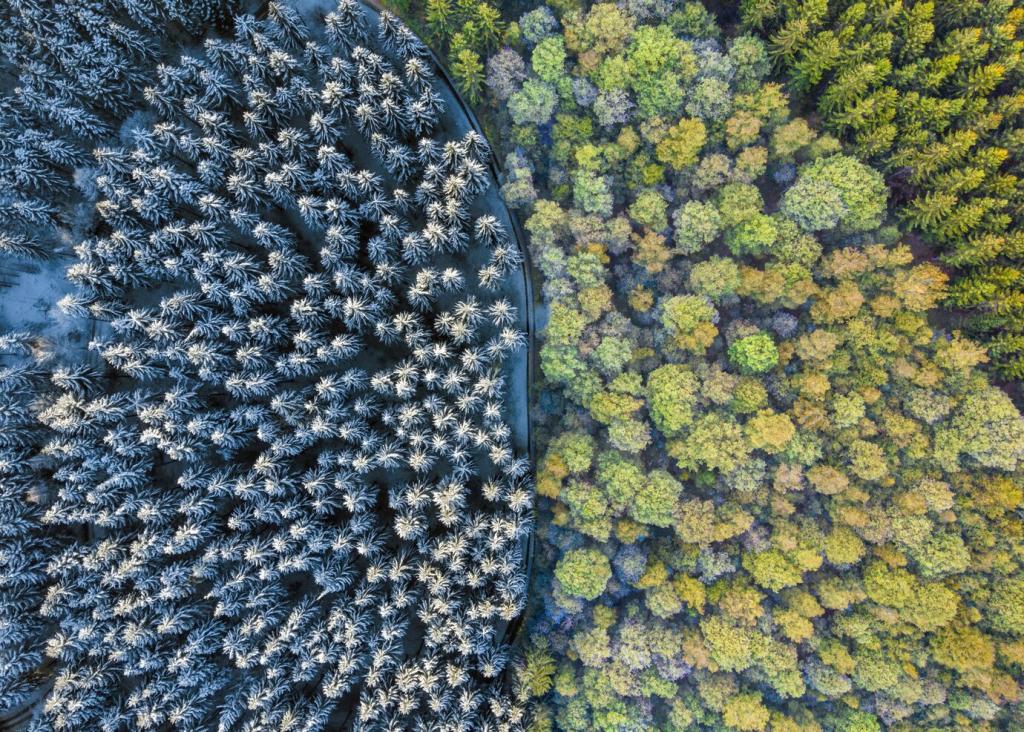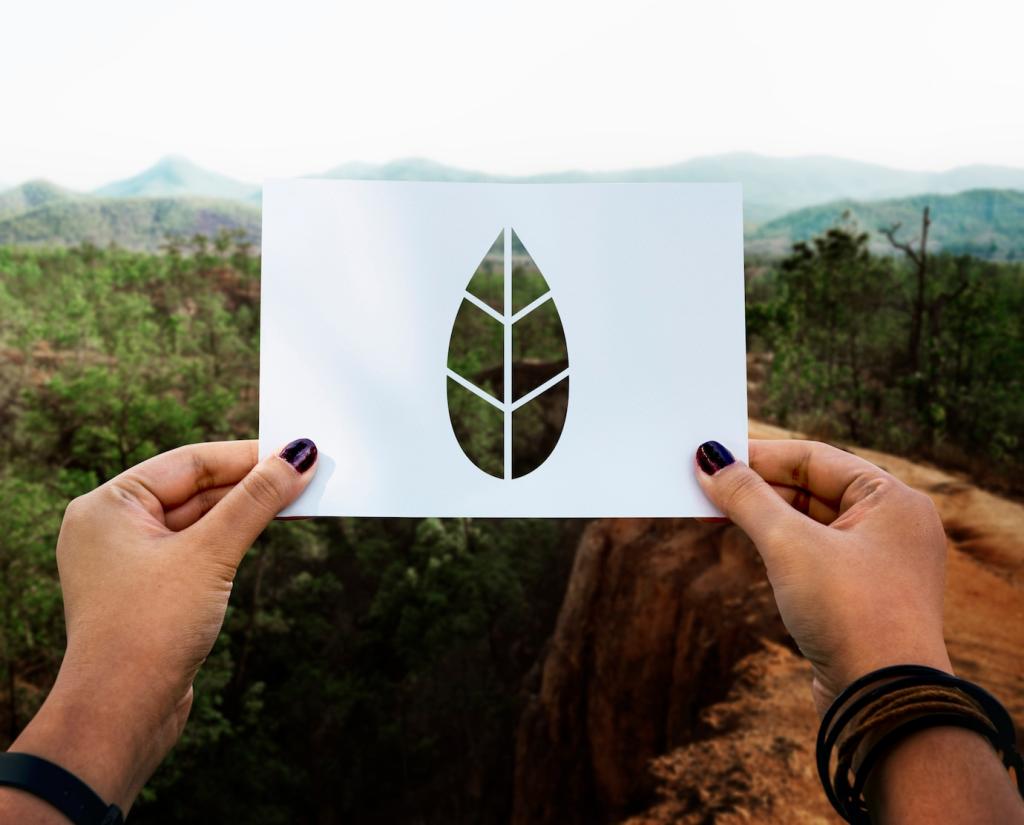Workplaces That Feel Like Gardens
Botanical diversity meets brainstorming inside three glass spheres where employees meet beneath canopy trees and misted understories. One designer described breakthroughs arriving after slow walks under broad leaves, as the sound of water and filtered light reset the day’s tempo.
Workplaces That Feel Like Gardens
Biophilic palettes, reclaimed materials, planters on social stairs, and expansive daylight make craft and nature feel inseparable. Teams often hold stand-ups near clustered greenery, reporting easier collaboration when conversations happen beside living textures rather than blank walls and bright screens.





